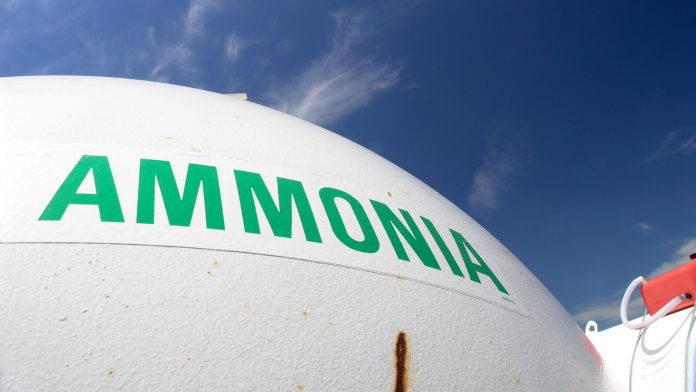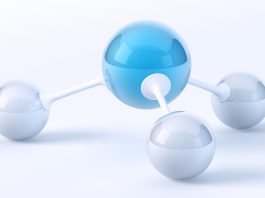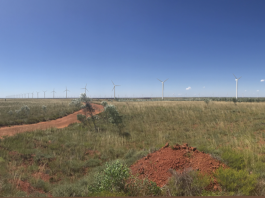RWE, LOTTE CHEMICAL Corporation (LOTTE) and Mitsubishi Corporation (MC) have formed a strategic alliance aimed at developing global clean ammonia supply chains.
The companies have signed a Joint Study Agreement (JSA) enabling the development of an integrated clean ammonia (green and blue ammonia) production supply across Asia, Europe and the US.
The JSA will also lead to an export project in the Port of Corpus Christi, Texas, US. The land required for the project is currently under negotiations with the Port of Corpus Christi Authority.
Who are the companies involved?
RWE is a leading company in the field of renewable energy with a significant presence in the US. They are currently striving to deliver more than 30 green hydrogen projects in its core markets.
LOTTE is Korea’s leading chemical company. Through creative challenges and innovation, LOTTE aims to contribute to a healthier and richer planet for humankind. The company plans on investing $4.3bn by 2030 to produce 1.2 million tons of clean hydrogen per year.
MC is an indirect shareholder of PT Panca Amara Utama, which is responsible for a plant in Indonesia that produces 700,000 tons/year of ammonia. MC aspires to introduce fuel ammonia in Japan by utilising knowledge and experience in the field, to set up global energy supply chains.
The partners have agreed to study the development of a large-scale ammonia facility under the JSA agreement. The new facility will integrate green and blue ammonia production and leverage common infrastructure for international exports, with a specific focus on Asia and Europe.
The group has targeted its first production for 2023 and has outlined plans for a phased buildout of production capacity, containing multiple production units. The partners have predicted that the final build-out stage of the project will produce up to ten million tons of clean ammonia per year.
The partners are working to bring together complementary expertise to develop this project. This JSA will complement other preliminary efforts to develop large-scale clean ammonia projects including similar projects in the South Texas region.
The importance of clean ammonia
Ammonia (NH3) is a compound of nitrogen and hydrogen that is used in fertilisers, plastics, and chemicals. Many believe that ammonia can become a vital source of clean energy for future generations, as it does not emit carbon dioxide when burned. Ammonia requires less cooling for liquefaction than hydrogen, making it the most economical carrier of hydrogen molecules.
Ammonia that is derived from hydrogen via natural gas feedstocks and carbon capture and storage technology is known as blue ammonia. Ammonia that is derived from hydrogen that is produced via water electrolysis based on renewable energy is called green ammonia.
The development and use of clean ammonia are essential for furthering the reduction of carbon intensity and may provide solutions that will contribute to the world’s decarbonisation goals across multiple sectors.









